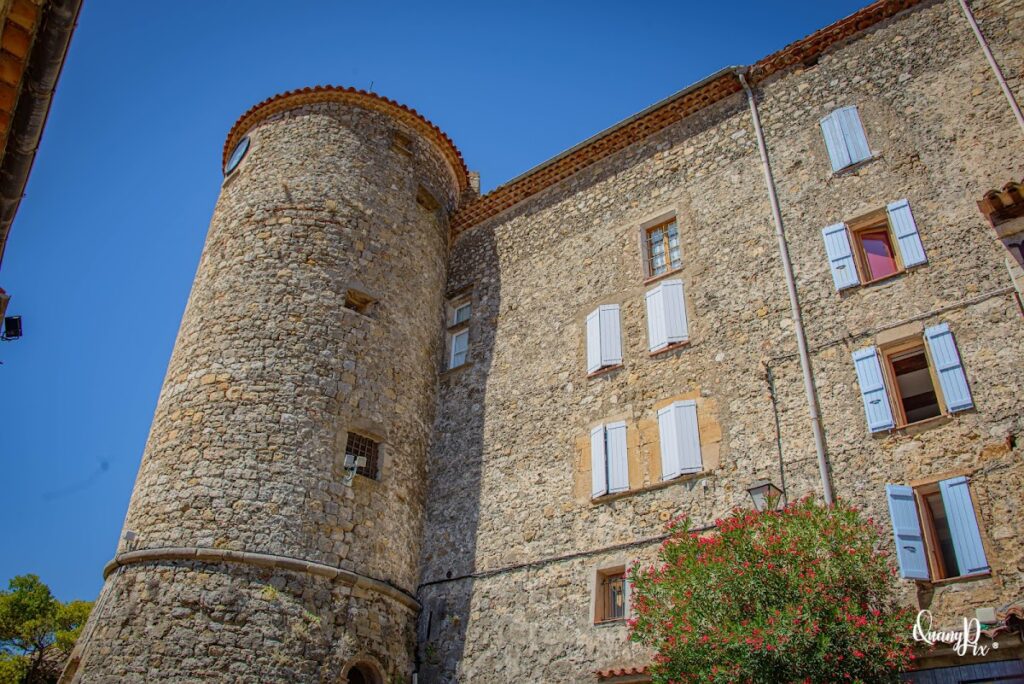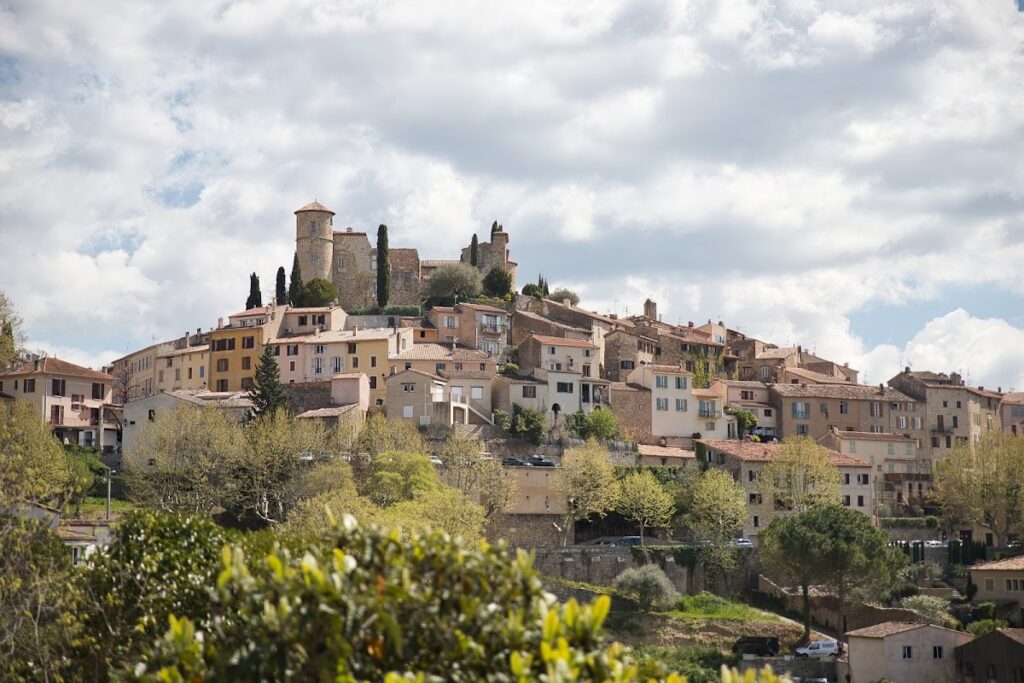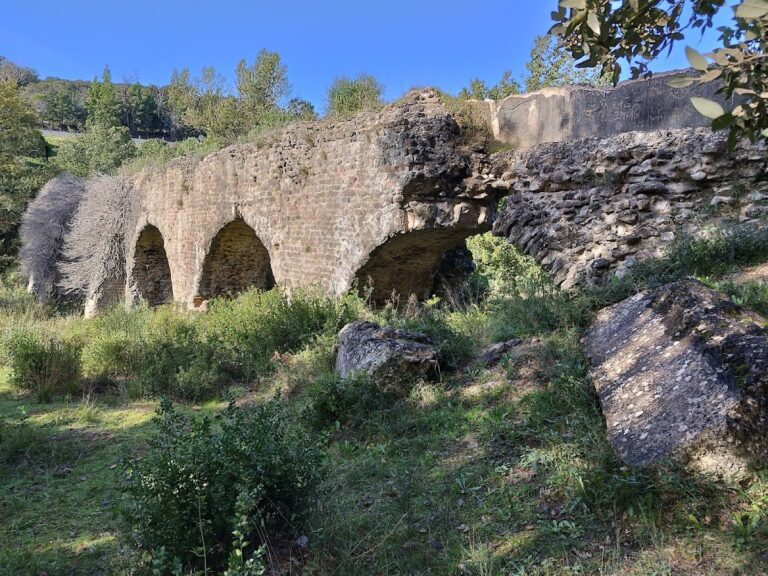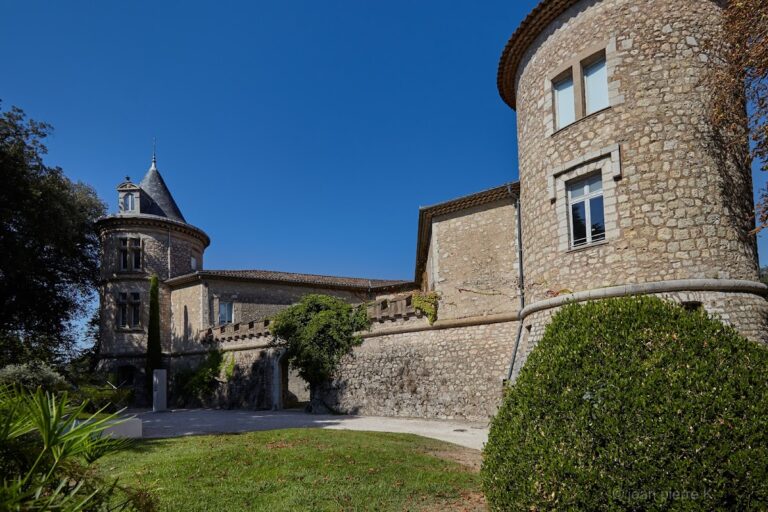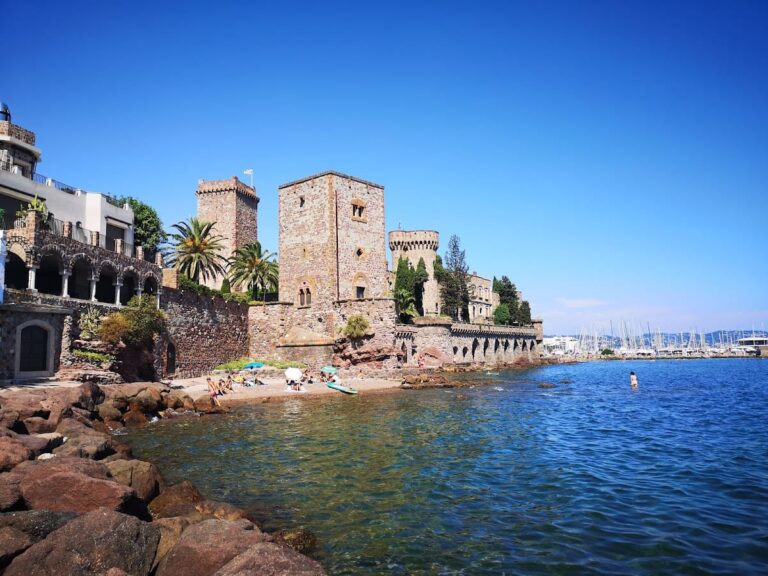Château-fort de Callian: A Medieval Fortress in France
Visitor Information
Google Rating: 4.3
Popularity: Low
Google Maps: View on Google Maps
Country: France
Civilization: Unclassified
Remains: Military
History
The Château-fort de Callian stands on a hill overlooking the village of Callian in modern-day France. This medieval fortress was established by local feudal lords during the Middle Ages, forming a strategic stronghold in the Var region.
The site is first documented as a “castrum,” a Latin term for a fortified place, in 1249. Before this date, notable figures associated with the castle included Isnard II d’Agoult in 1213, Raimond de Requiston in 1230, and Giraud II de Villeneuve in 1240, indicating a succession of military and noble custodians. In 1391, amidst a succession conflict between the Duras family and the House of Anjou, Raymond de Turenne launched a destructive attack, setting fire to the village that surrounded the castle. This violent event marked a turning point, leading to the reconstruction of the settlement around the fortress during the 15th century. The effort to rebuild reinforced the castle’s position as the heart of the community on the elevated site.
Ownership passed to the Grasse family from 1374 until 1645, a period when the castle underwent significant transformation. In 1510, Louis Antoine de Grasse undertook a remodeling of the southeast façade, introducing elements of the Provençal Renaissance style, reflecting changing tastes and the influence of Renaissance art and architecture in southern France. Later in the late 16th century, part of the lands came under the Rafélis de Broves family. By the late 17th century, these holdings transferred through marriage to the de Lyle Taulane family, showing how alliances through marriage helped shape the region’s lordship.
The castle remained in the de Lyle Taulane family until the upheavals of the French Revolution. In 1792, Joseph-Ignace de Lyle Taulane was compelled to abandon the fortress. During this revolutionary period, the castle suffered severe damage from fire and looting, leading to nearly two centuries of ruination. It was not until the mid-20th century that restoration began. In 1966, Henry Brifaut, a private owner from Brussels, acquired the property and conducted extensive renovation work over ten years, bringing the château-fort back from long-standing decay. Today, it remains privately owned and is not accessible to the public.
Remains
The Château-fort de Callian occupies a strategic position atop a natural elevation, a common feature for medieval fortifications, allowing oversight of the surrounding village and landscape. The fortress evolved architecturally over several centuries, with structures reflecting periods from the 14th through the 17th century.
One of the most notable architectural elements is the southeast façade. This section was remodeled in 1510 by Louis Antoine de Grasse and showcases characteristics of the Provençal Renaissance style, blending medieval fortification function with aesthetic Renaissance details. Although specific decorative features are not detailed, this renovation suggests the use of regional building techniques and styles that marked a transition from purely defensive architecture toward more refined residential façades.
After suffering destruction and looting during the Revolution in 1792, the castle was left in ruins for approximately 170 years. The restoration campaign initiated by Henry Brifaut between 1966 and 1976 focused on stabilizing and recovering the fortress from this damaged condition. The efforts preserved important parts of the original structure, allowing the château to retain its commanding presence on the hill above the village.
The surrounding village itself was reshaped during the 15th-century rebuilding campaign, forming a historic settlement centered on the castle’s position. This integration of the fortress with its community is evident in the spatial layout of the site, although specifics such as building materials or internal configurations are not documented.
Today, the château stands as a restored medieval fortress blended with Renaissance influences, maintaining its historical role as a fortified center of power while reflecting the architectural changes across the centuries. Its private ownership ensures preservation, though it remains a hidden witness to the layered history of Callian.

